Mouse Anti-AKT2 Recombinant Antibody (VS3-CJ874)
CAT#: VS3-CJ874
This product is a mouse antibody that recognizes human, mouse, rat, and Monkey AKT2.











Specifications
- Immunogen
- Recombinant protein of human AKT2
- Host Species
- Mouse
- Type
- Mouse IgG
- Specificity
- Human, Mouse, Rat, Monkey AKT2
- Species Reactivity
- Human, Mouse, Rat, Monkey
- Applications
- WB, ICC, IF, IHC, IP, ChIP
- Conjugate
- Unconjugated
Product Property
- Purification
- Affinity purified
- Purity
- >95% as determined by SDS-PAGE
- Format
- Liquid
- Buffer
- 50% Glycerol, PBS, pH 7.3.
- Preservative
- 0.02% Sodium Azide
- Storage
- Store at 4°C for short term. Aliquot and store at -20°C for long term. Avoid repeated freeze/thaw cycles.
Applications
- Application Notes
- This antibody has been tested for use in Western Blot (1:500-1:2000), Immunocytochemistry (1:50-1:200), Immunofluorescence (1:50-1:100), Immunohistochemistry (1:50-1:100), Immunoprecipitation (1:20-1:50), Chromatin Immunoprecipitation (1:20-1:100).
Target
- Alternative Names
- PKBB; PRKBB; HIHGHH; PKBBETA; RAC-BETA
- Gene ID
- 208
- UniProt ID
- P31751
- Sequence Similarities
- Belongs to the protein kinase superfamily. AGC Ser/Thr protein kinase family. RAC subfamily.
- Cellular Localization
- Cell membrane, Cytoplasm, Endosome, Membrane, Nucleus
- Post Translation Modifications
- Phosphorylation on Thr-309 and Ser-474 is required for full activity.
Ubiquitinated; undergoes both 'Lys-48'- and 'Lys-63'-linked polyubiquitination. TRAF6-induced 'Lys-63'-linked AKT2 ubiquitination. When fully phosphorylated and translocated into the nucleus, undergoes 'Lys-48'-polyubiquitination catalyzed by TTC3, leading to its degradation by the proteasome.
O-GlcNAcylation at Thr-306 and Thr-313 inhibits activating phosphorylation at Thr-309 via disrupting the interaction between AKT and PDK1.
- Protein Refseq
- NP_001317440.1; NP_001617.1
- Function
- AKT2 is one of 3 closely related serine/threonine-protein kinases (AKT1, AKT2 and AKT3) called the AKT kinase, and which regulate many processes including metabolism, proliferation, cell survival, growth and angiogenesis. This is mediated through serine and/or threonine phosphorylation of a range of downstream substrates. Over 100 substrate candidates have been reported so far, but for most of them, no isoform specificity has been reported. AKT is responsible of the regulation of glucose uptake by mediating insulin-induced translocation of the SLC2A4/GLUT4 glucose transporter to the cell surface. Phosphorylation of PTPN1 at 'Ser-50' negatively modulates its phosphatase activity preventing dephosphorylation of the insulin receptor and the attenuation of insulin signaling. Phosphorylation of TBC1D4 triggers the binding of this effector to inhibitory 14-3-3 proteins, which is required for insulin-stimulated glucose transport. AKT regulates also the storage of glucose in the form of glycogen by phosphorylating GSK3A at 'Ser-21' and GSK3B at 'Ser-9', resulting in inhibition of its kinase activity. Phosphorylation of GSK3 isoforms by AKT is also thought to be one mechanism by which cell proliferation is driven. AKT regulates also cell survival via the phosphorylation of MAP3K5 (apoptosis signal-related kinase). Phosphorylation of 'Ser-83' decreases MAP3K5 kinase activity stimulated by oxidative stress and thereby prevents apoptosis. AKT mediates insulin-stimulated protein synthesis by phosphorylating TSC2 at 'Ser-939' and 'Thr-1462', thereby activating mTORC1 signaling and leading to both phosphorylation of 4E-BP1 and in activation of RPS6KB1. AKT is involved in the phosphorylation of members of the FOXO factors (Forkhead family of transcription factors), leading to binding of 14-3-3 proteins and cytoplasmic localization. In particular, FOXO1 is phosphorylated at 'Thr-24', 'Ser-256' and 'Ser-319'. FOXO3 and FOXO4 are phosphorylated on equivalent sites. AKT has an important role in the regulation of NF-kappa-B-dependent gene transcription and positively regulates the activity of CREB1 (cyclic AMP (cAMP)-response element binding protein). The phosphorylation of CREB1 induces the binding of accessory proteins that are necessary for the transcription of pro-survival genes such as BCL2 and MCL1. AKT phosphorylates 'Ser-454' on ATP citrate lyase (ACLY), thereby potentially regulating ACLY activity and fatty acid synthesis. Activates the 3B isoform of cyclic nucleotide phosphodiesterase (PDE3B) via phosphorylation of 'Ser-273', resulting in reduced cyclic AMP levels and inhibition of lipolysis. Phosphorylates PIKFYVE on 'Ser-318', which results in increased PI3P-5 activity. The Rho GTPase-activating protein DLC1 is another substrate and its phosphorylation is implicated in the regulation cell proliferation and cell growth. AKT plays a role as key modulator of the AKT-mTOR signaling pathway controlling the tempo of the process of newborn neurons integration during adult neurogenesis, including correct neuron positioning, dendritic development and synapse formation. Signals downstream of phosphatidylinositol 3-kinase (PI3K) to mediate the effects of various growth factors such as platelet-derived growth factor (PDGF), epidermal growth factor (EGF), insulin and insulin-like growth factor I (IGF-I). AKT mediates the antiapoptotic effects of IGF-I. Essential for the SPATA13-mediated regulation of cell migration and adhesion assembly and disassembly. May be involved in the regulation of the placental development.
One of the few specific substrates of AKT2 identified recently is PITX2. Phosphorylation of PITX2 impairs its association with the CCND1 mRNA-stabilizing complex thus shortening the half-life of CCND1. AKT2 seems also to be the principal isoform responsible of the regulation of glucose uptake. Phosphorylates C2CD5 on 'Ser-197' during insulin-stimulated adipocytes. AKT2 is also specifically involved in skeletal muscle differentiation, one of its substrates in this process being ANKRD2. Down-regulation by RNA interference reduces the expression of the phosphorylated form of BAD, resulting in the induction of caspase-dependent apoptosis. Phosphorylates CLK2 on 'Thr-343'.
Customer Review
There are currently no Customer reviews or questions for VS3-CJ874. Click the button above to contact us or submit your feedback about this product.
Submit Your Publication
Published with our product? Submit your paper and receive a 10% discount on your next order! Share your research to earn exclusive rewards.
Related Signaling Pathways
Related Diseases
Downloadable Resources
Download resources about recombinant antibody development and antibody engineering to boost your research.
Product Notes
This is a product of Creative Biolabs' Hi-Affi™ recombinant antibody portfolio, which has several benefits including:
• Increased sensitivity
• Confirmed specificity
• High repeatability
• Excellent batch-to-batch consistency
• Sustainable supply
• Animal-free production
See more details about Hi-Affi™ recombinant antibody benefits.
Datasheet
MSDS
COA
Certificate of Analysis LookupTo download a Certificate of Analysis, please enter a lot number in the search box below. Note: Certificate of Analysis not available for kit components.
Protocol & Troubleshooting
We have outlined the assay protocols, covering reagents, solutions, procedures, and troubleshooting tips for common issues in order to better assist clients in conducting experiments with our products. View the full list of Protocol & Troubleshooting.
Isotype Control
- CAT
- Product Name
Secondary Antibody
- CAT
- Product Name
Recommended Dilution Buffer
- CAT
- Product Name
See other products for "AKT2"
Select a product category from the dropdown menu below to view related products.
| CAT | Product Name | Application | Type |
|---|---|---|---|
| NAB-49-sdAb | Recombinant Anti-human AKT2 VHH Single Domain Antibody | IP, FC, ChiP, Neut | Llama VHH |
| CAT | Product Name | Application | Type |
|---|---|---|---|
| MOB-0574MZ | Mouse Anti-AKT2 Recombinant Antibody (clone 95C657.1.2) | IF, WB | Mouse IgM |
| ZG-0274F | Mouse Anti-AKT2 Recombinant Antibody (ZG-0274F) | WB, IHC, IF, ELISA | Mouse IgG |
| ZG-0383U | Rabbit Anti-AKT2 Recombinant Antibody (clone D16-H) | ELISA, WB, IP, ICC | Rabbit IgG |
| ZG-0384U | Rabbit Anti-AKT2 Recombinant Antibody (clone Q10-E) | ICC | Rabbit IgG |
| ZG-0430U | Rabbit Anti-AKT2 Recombinant Antibody (clone Y14-H), FITC | FC | Rabbit IgG |
| CAT | Product Name | Application | Type |
|---|---|---|---|
| BRD-0033MZ | Chicken Anti-AKT2 Polyclonal IgY | Indirect ELISA, WB | Chicken antibody |
| CAT | Product Name | Application | Type |
|---|---|---|---|
| MOR-0128 | Hi-Affi™ Rabbit Anti-AKT2 Recombinant Antibody (clone DS128AB) | WB | Rabbit IgG |
| CAT | Product Name | Application | Type |
|---|---|---|---|
| VS-1024-XY16 | Mouse Anti-NHP AKT2 Recombinant Antibody (clone 1B6) | WB, IHC, ICC | Mouse IgG2b |
| CAT | Product Name | Application | Type |
|---|---|---|---|
| VS-0525-XY284 | Anti-AKT2 Immunohistochemistry Kit | IHC | |
| VS-0525-XY285 | Anti-Mouse AKT2 Immunohistochemistry Kit | IHC |
Popular Products

Application: IP, IF, FuncS, FC, Neut, ELISA, IHC

Application: ELISA, FC, IP, FuncS, IF, Neut, ICC

Application: FC, IP, ELISA, Neut, FuncS, IF, WB

Application: Inhib, Cyt

Application: ELISA, FC, IP, FuncS, IF, Neut, ICC

Application: WB, Neut, ELISA, IF, IP, FuncS, FC

Application: WB, ELISA, FC, IHC, IP

Application: ELISA, IHC, FC, IP, IF, FuncS

Application: ELISA, FC, Inhib, FuncS

Application: ELISA, FuncS

Application: ELISA

Application: ELISA, Vaccine, FuncS
For research use only. Not intended for any clinical use. No products from Creative Biolabs may be resold, modified for resale or used to manufacture commercial products without prior written approval from Creative Biolabs.
This site is protected by reCAPTCHA and the Google Privacy Policy and Terms of Service apply.














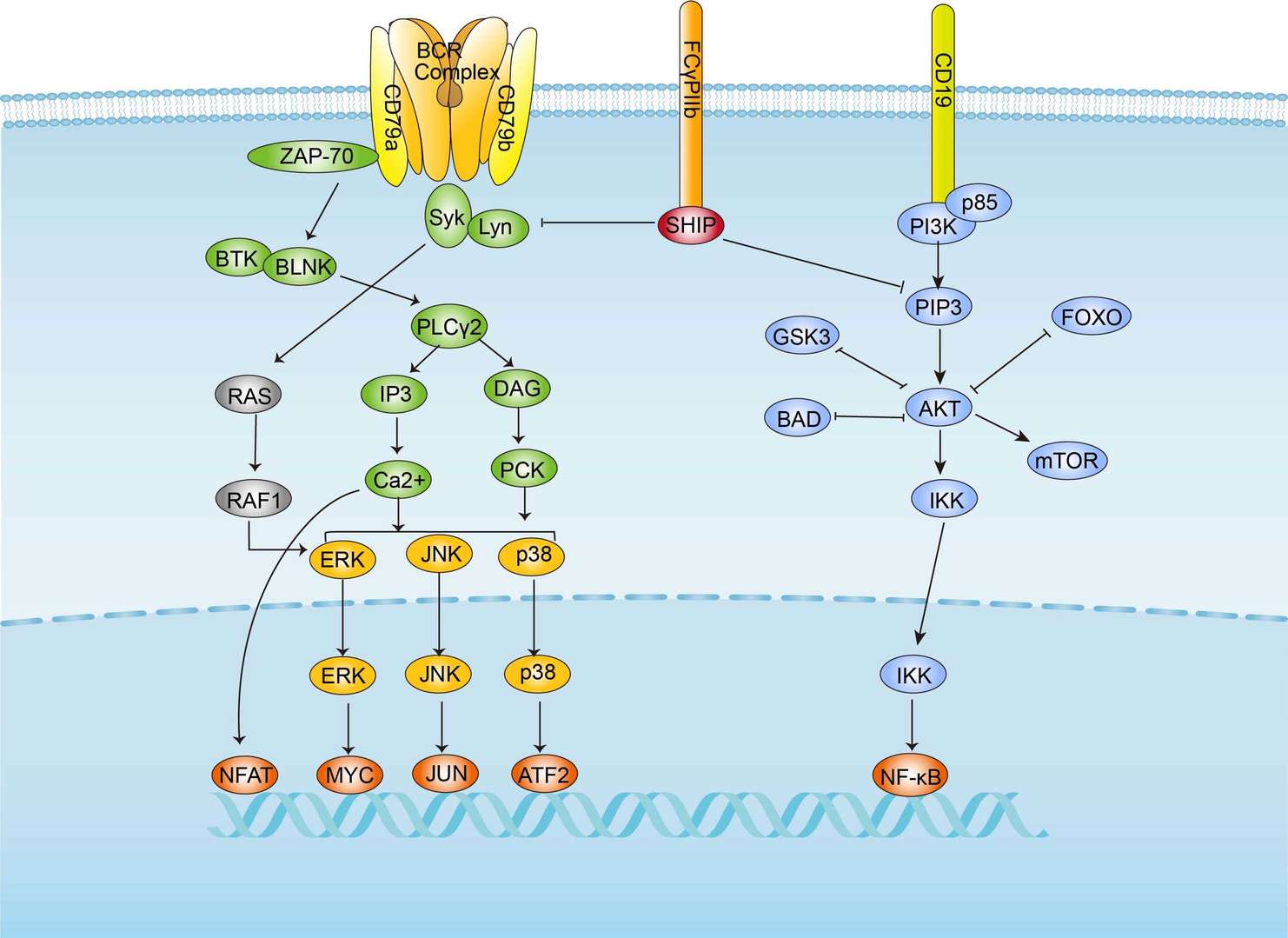 BCR Signaling Pathway
BCR Signaling Pathway
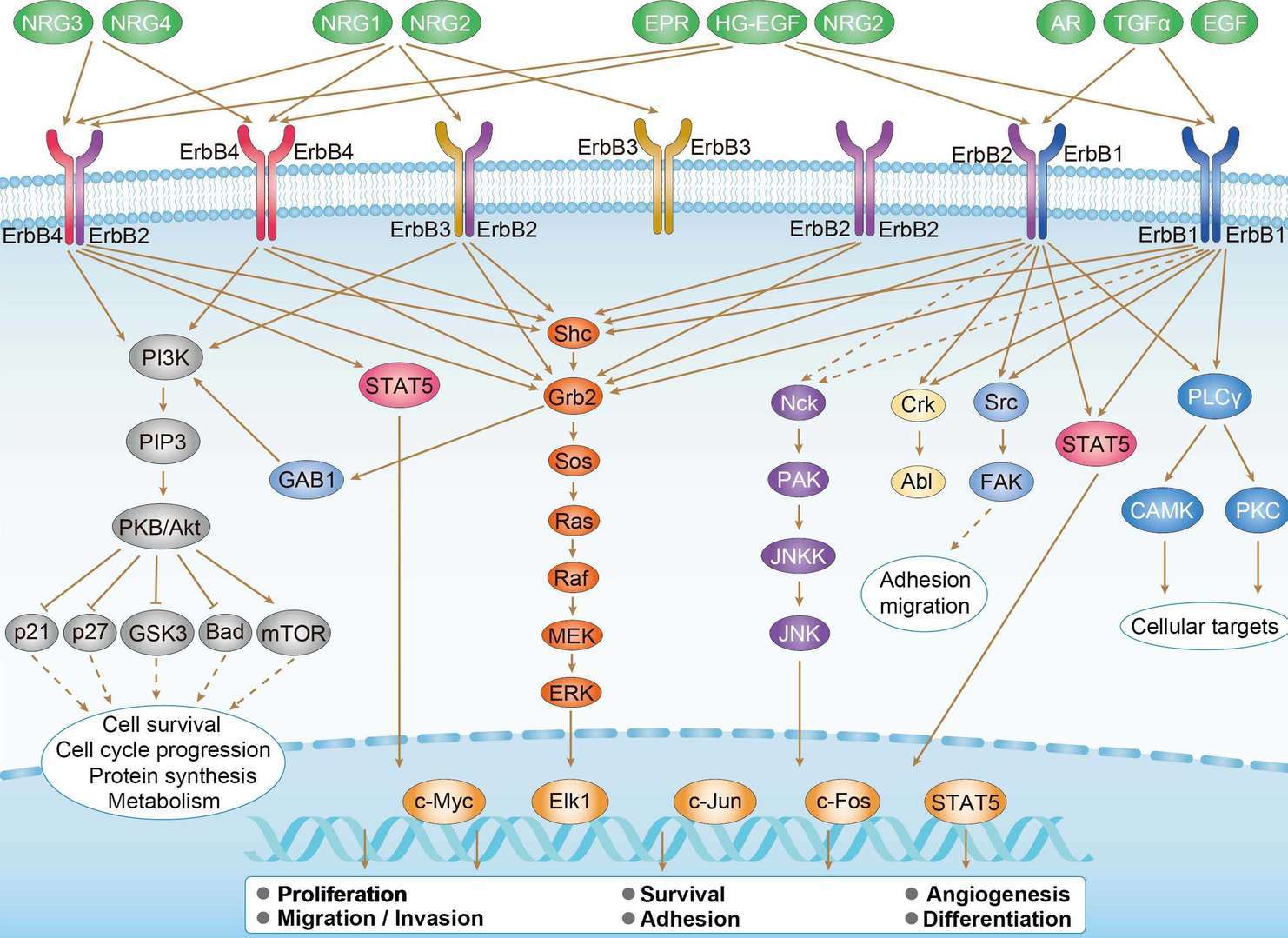 ErbB Signaling Pathway
ErbB Signaling Pathway
 Insulin Signaling Pathway
Insulin Signaling Pathway
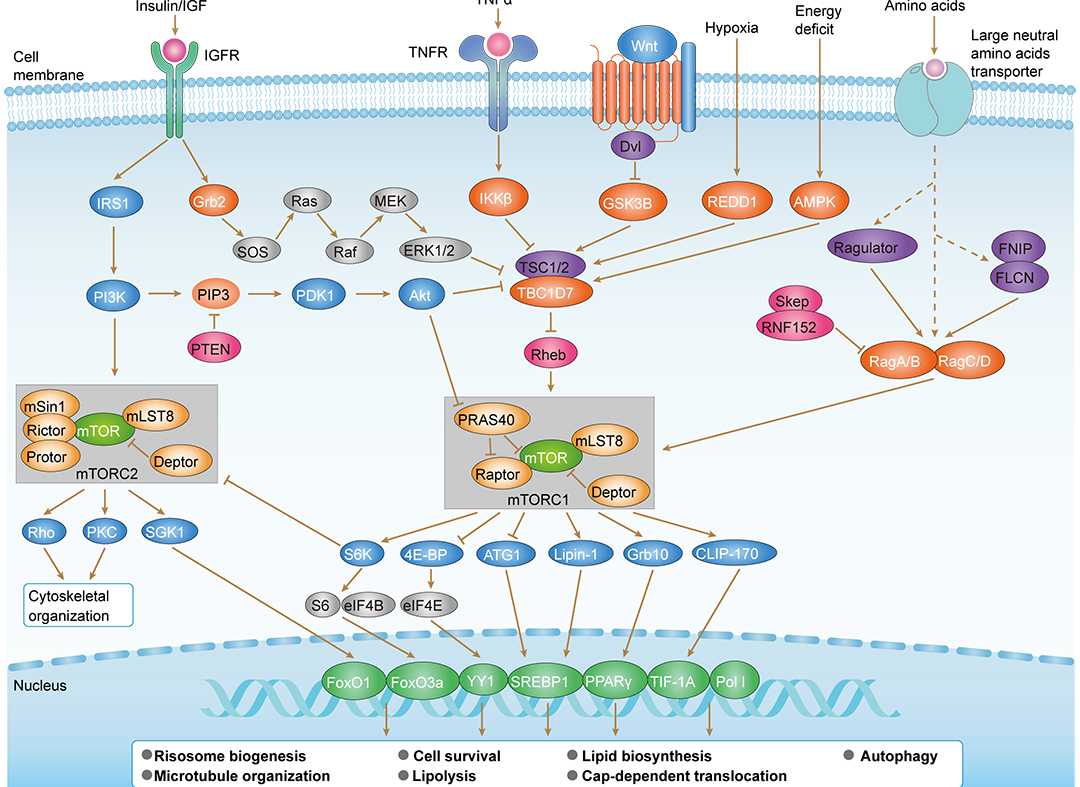 mTOR Signaling Pathway
mTOR Signaling Pathway
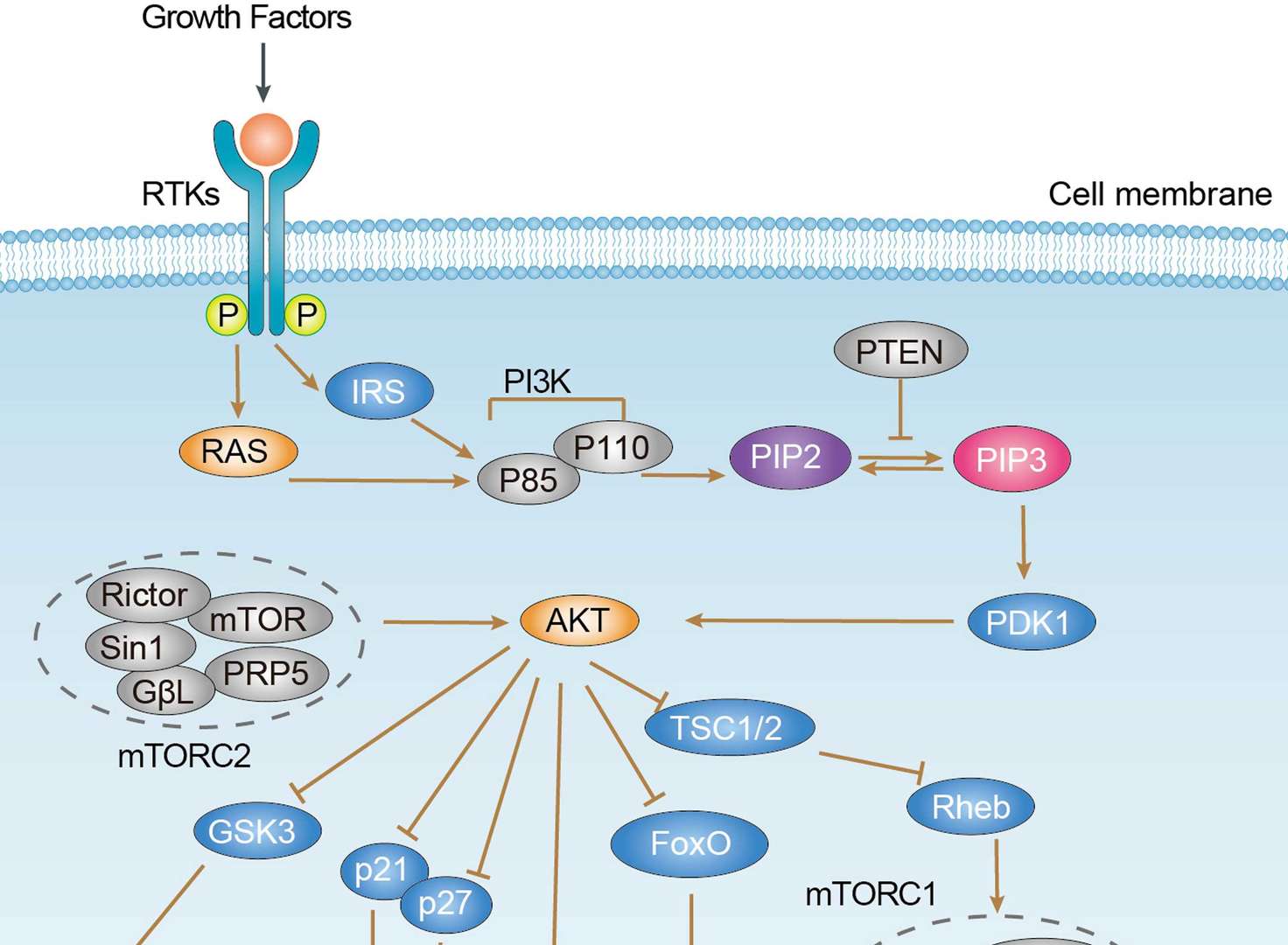 PI3K-Akt Signaling Pathway
PI3K-Akt Signaling Pathway
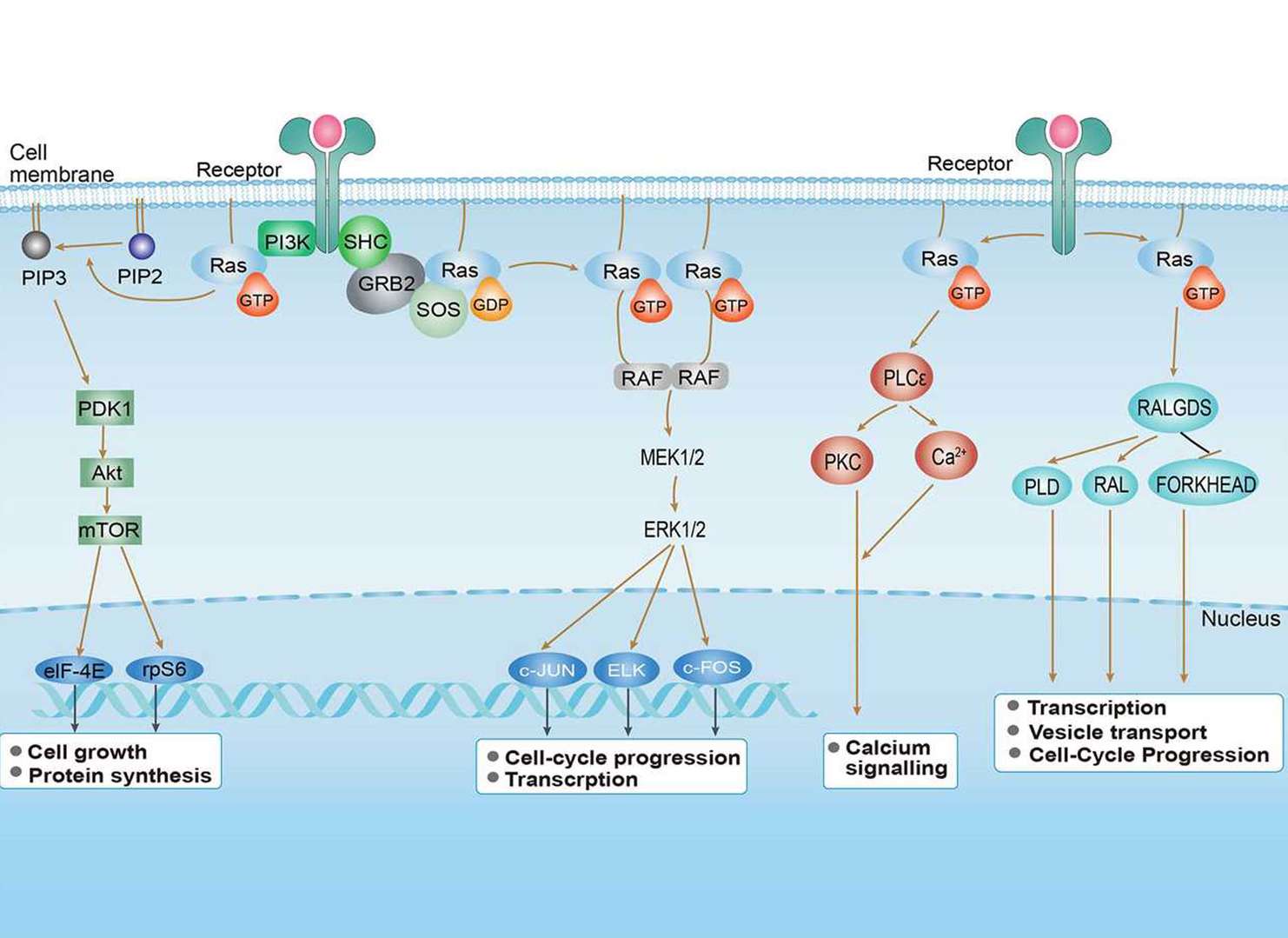 Ras Signaling Pathway
Ras Signaling Pathway
 Breast Cancer
Breast Cancer
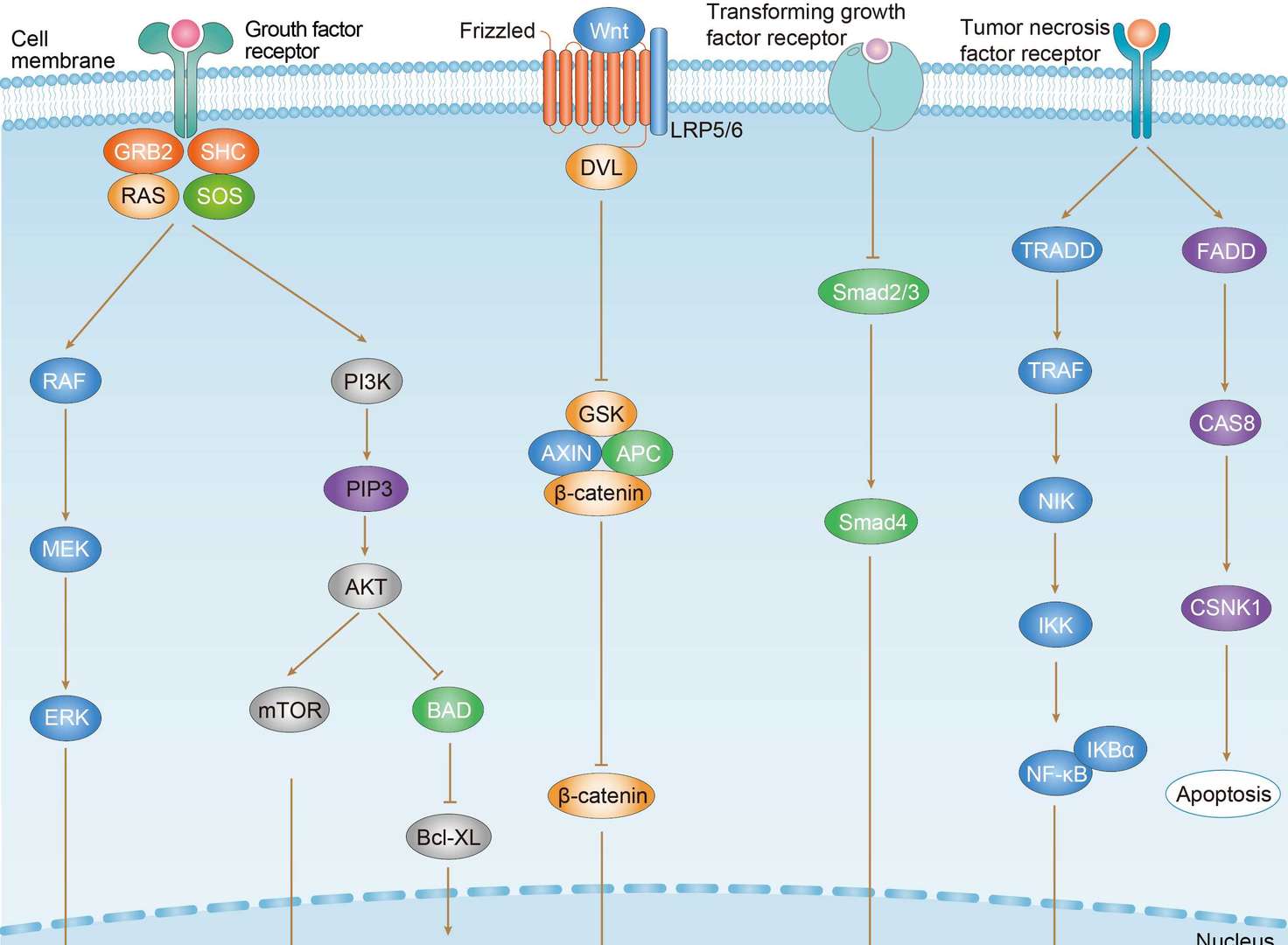 Colorectal Cancer
Colorectal Cancer
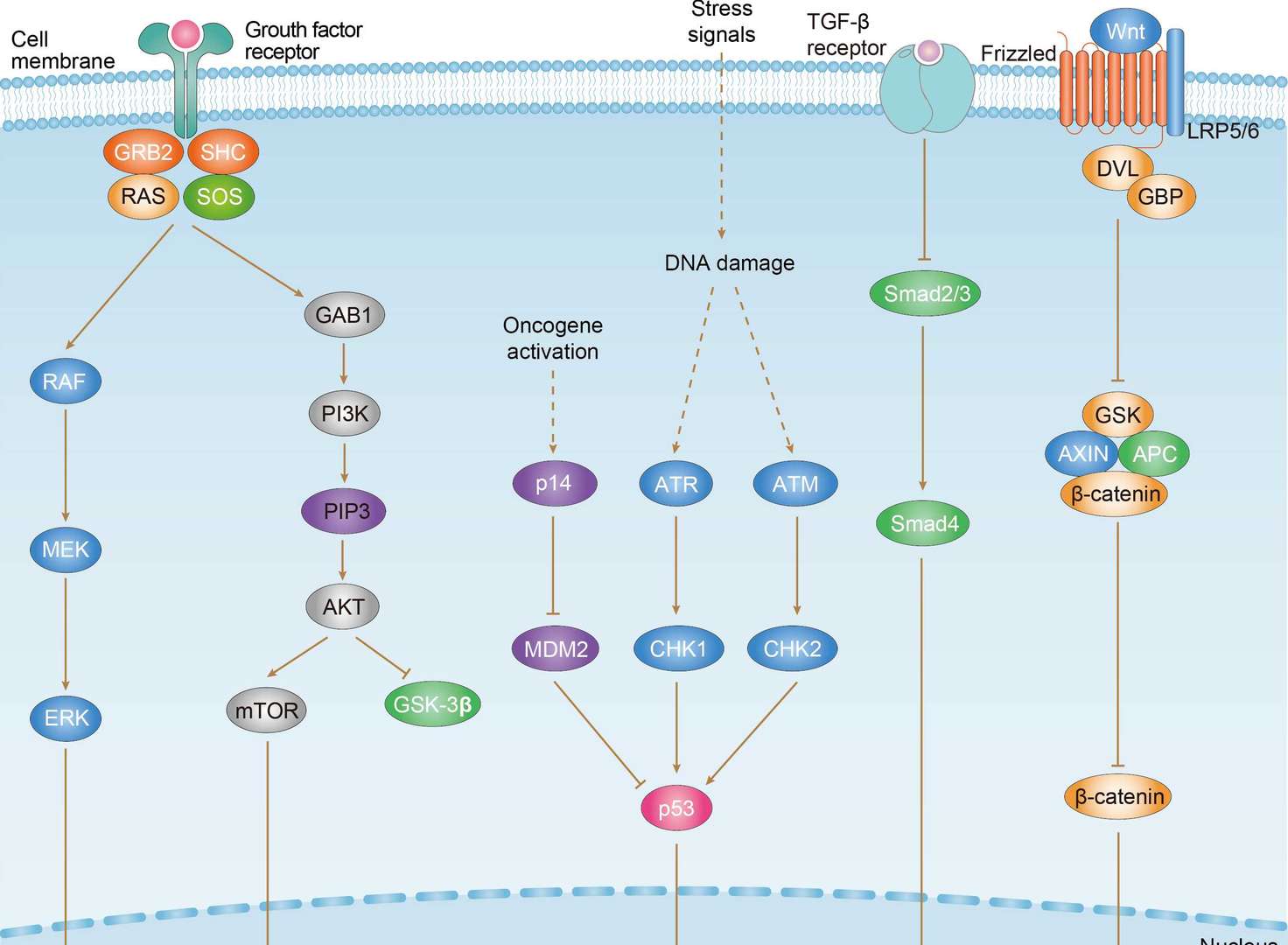 Gastric Cancer
Gastric Cancer
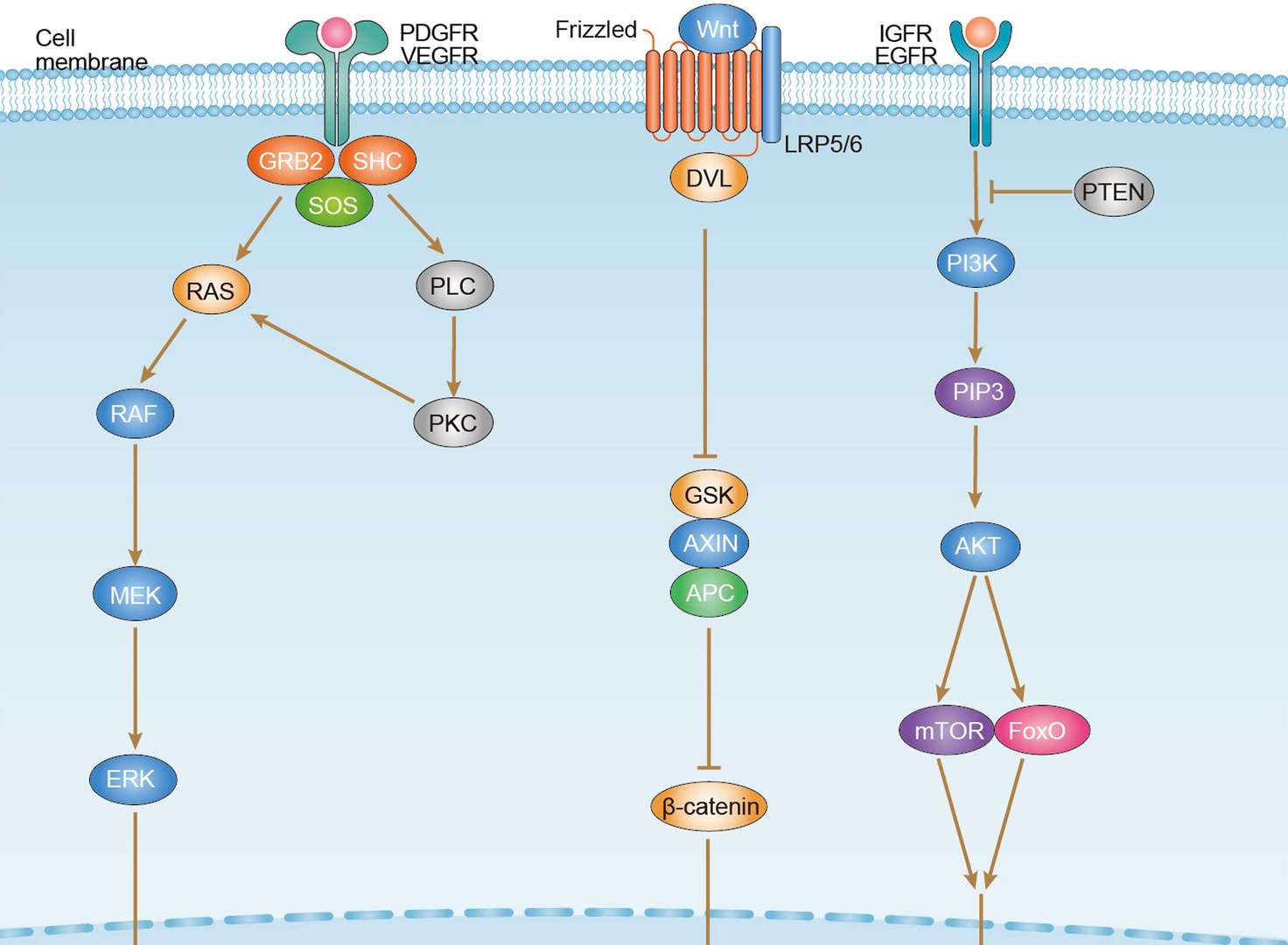 Hepatocellular Carcinoma
Hepatocellular Carcinoma
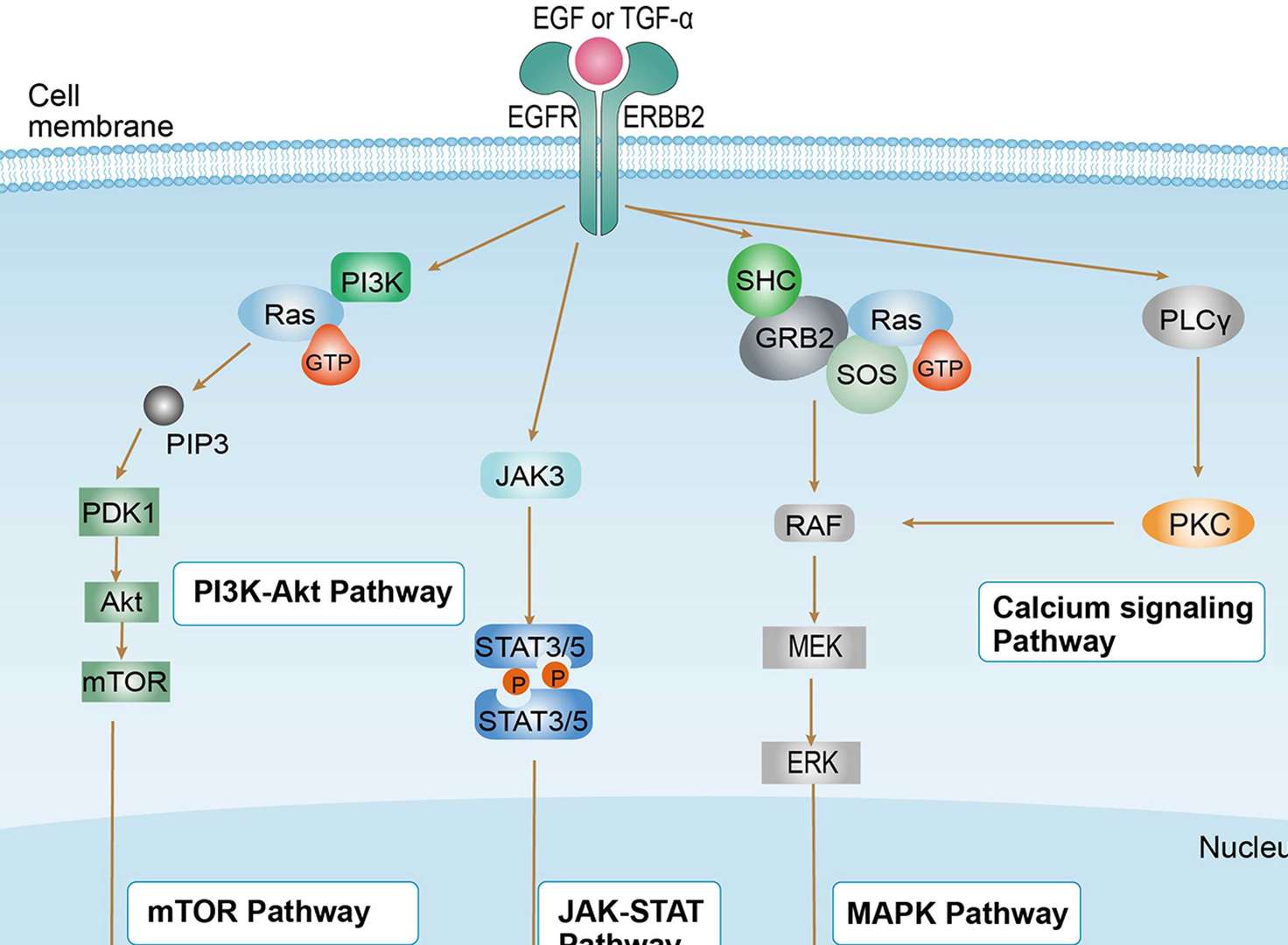 Non-small Cell Lung Cancer
Non-small Cell Lung Cancer
 Prostate Cancer
Prostate Cancer
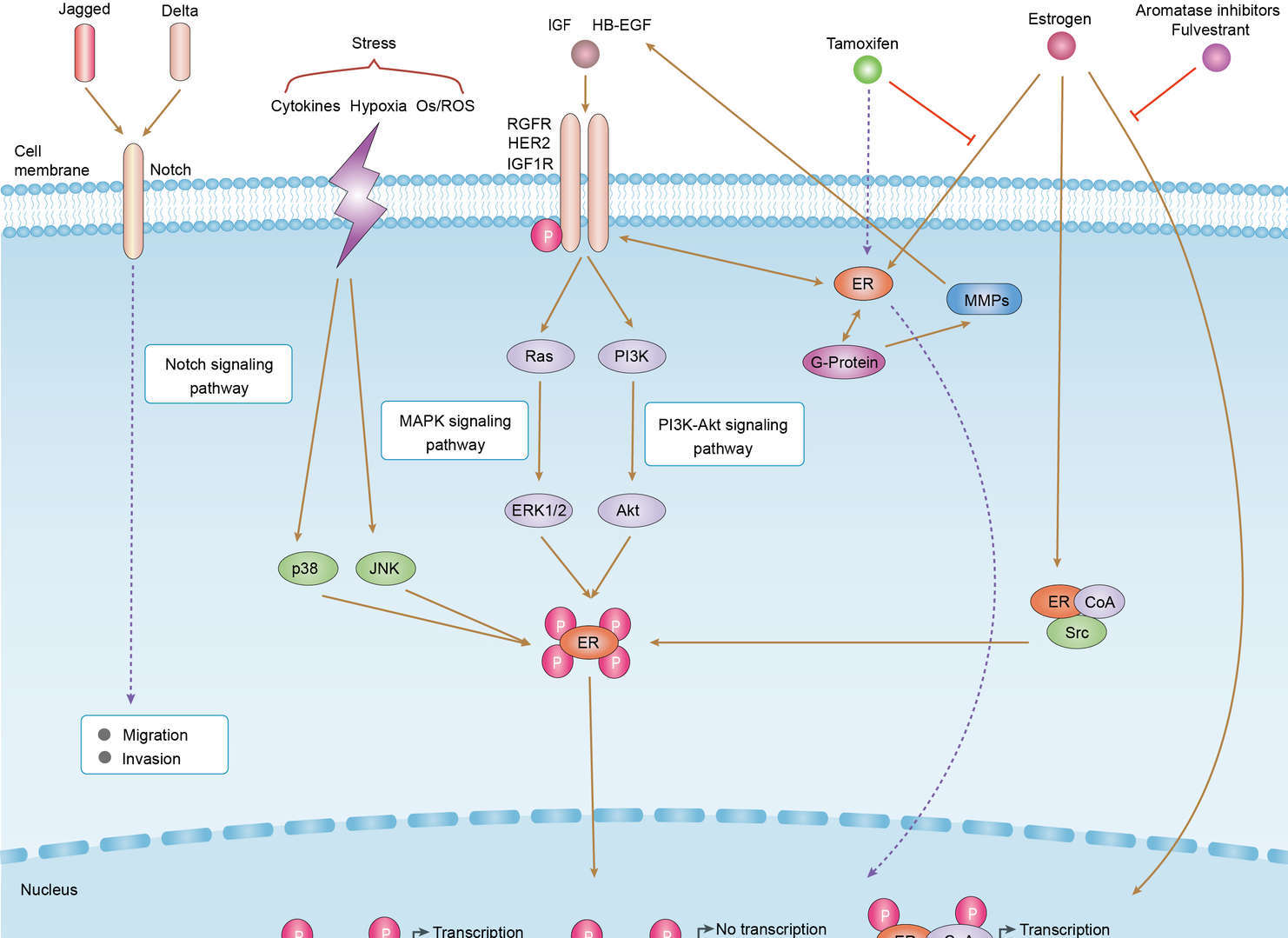 Endocrine Resistance
Endocrine Resistance
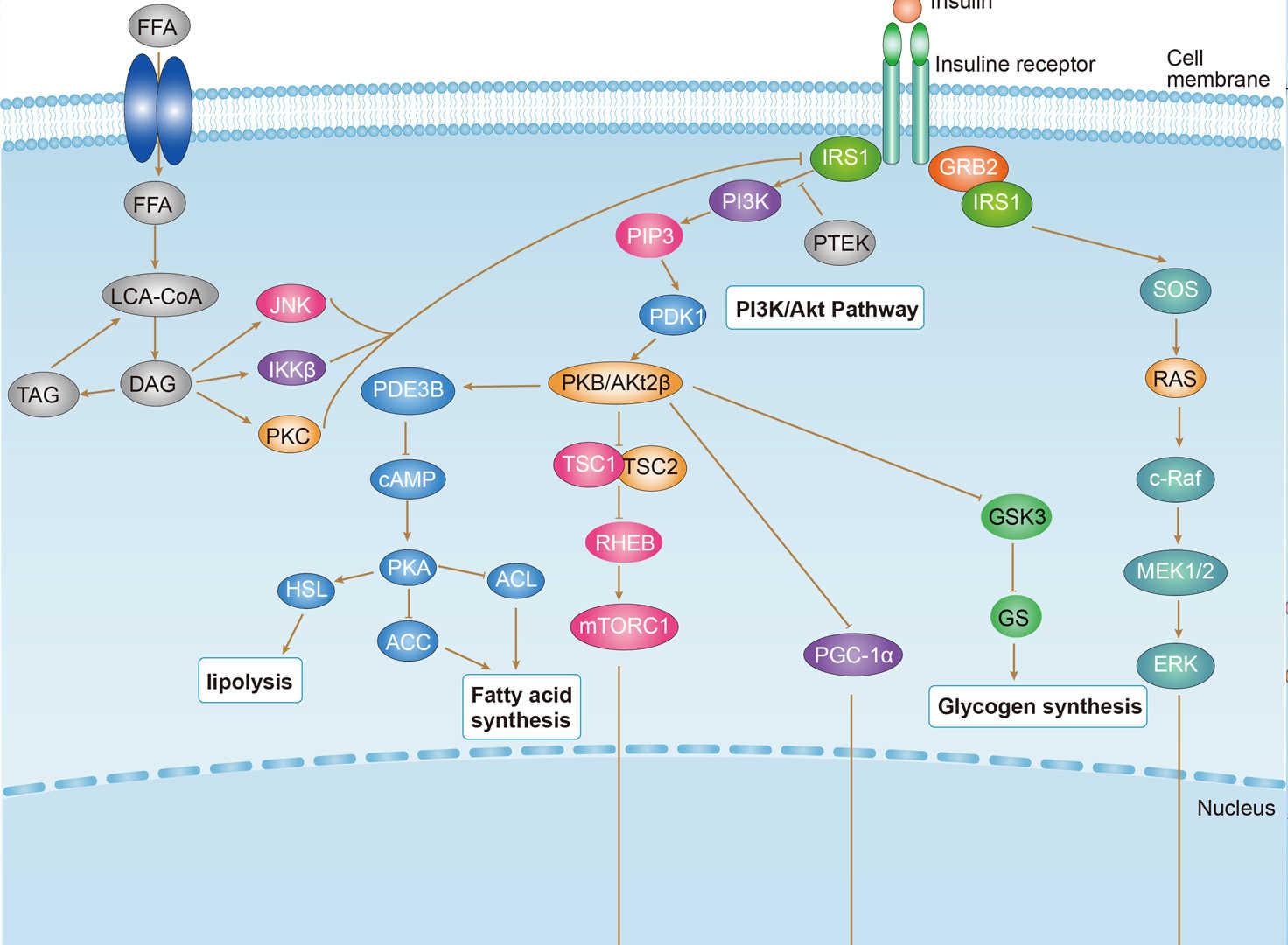 Insulin Resistance
Insulin Resistance






-3-1.png)





